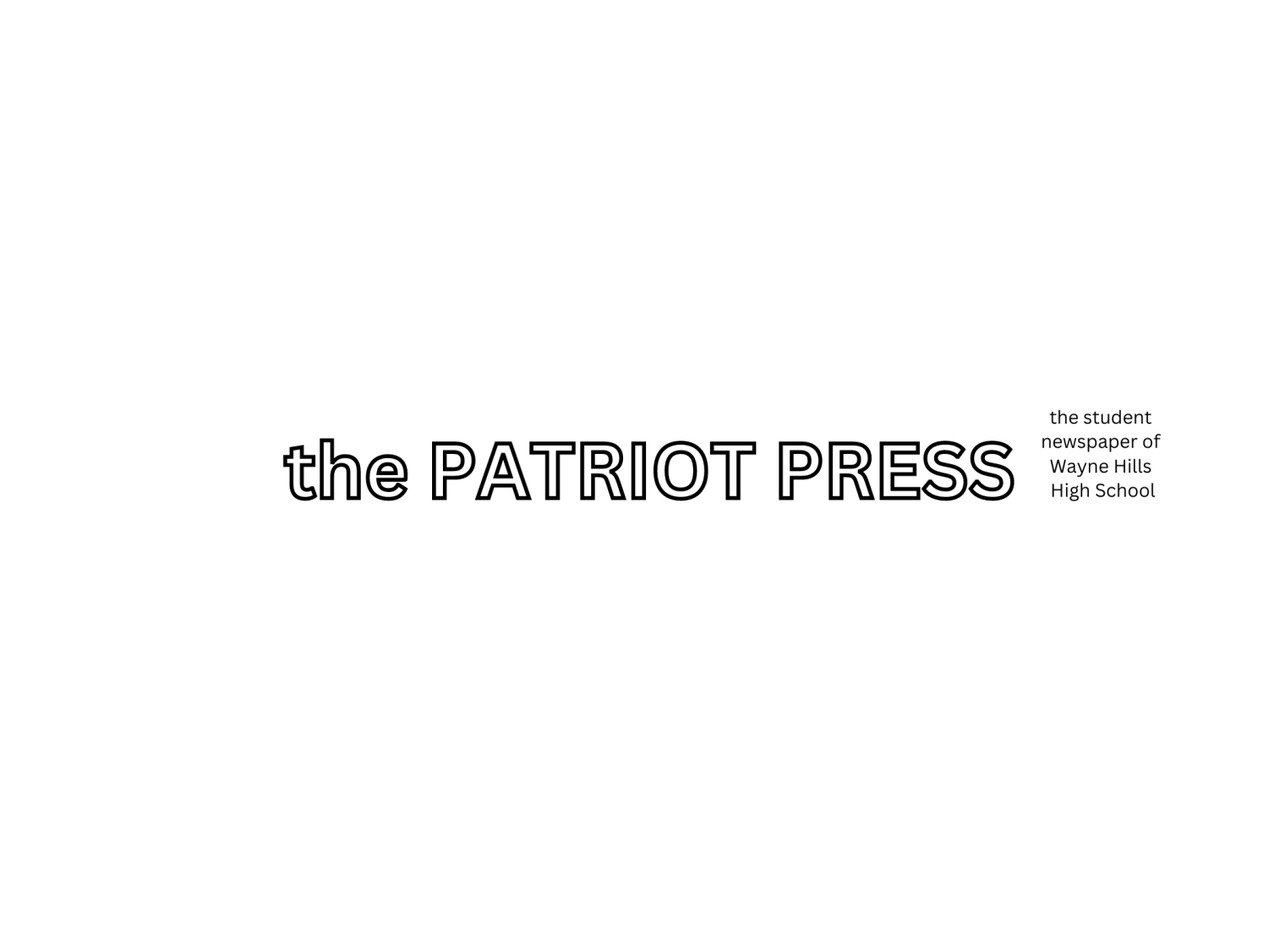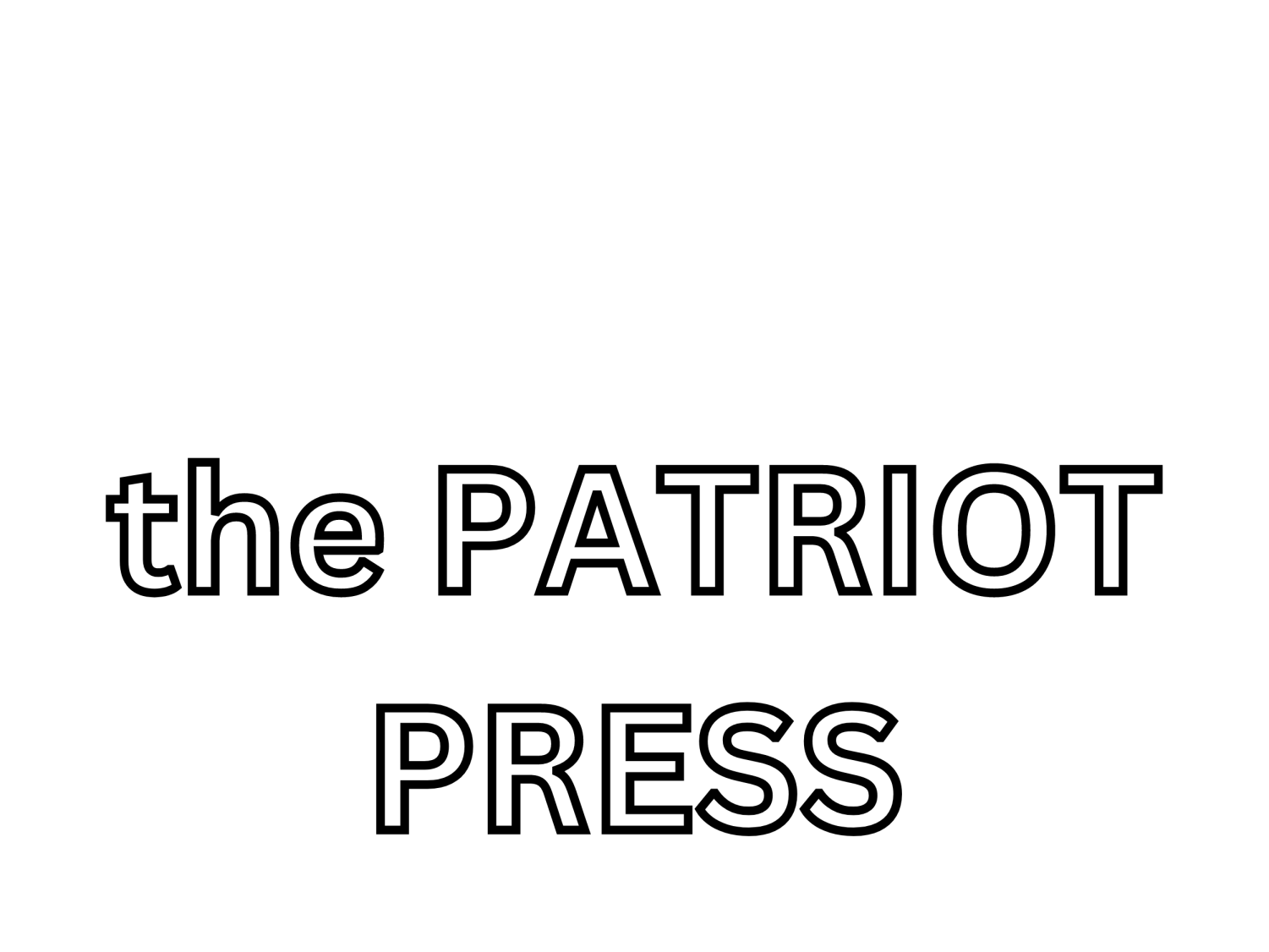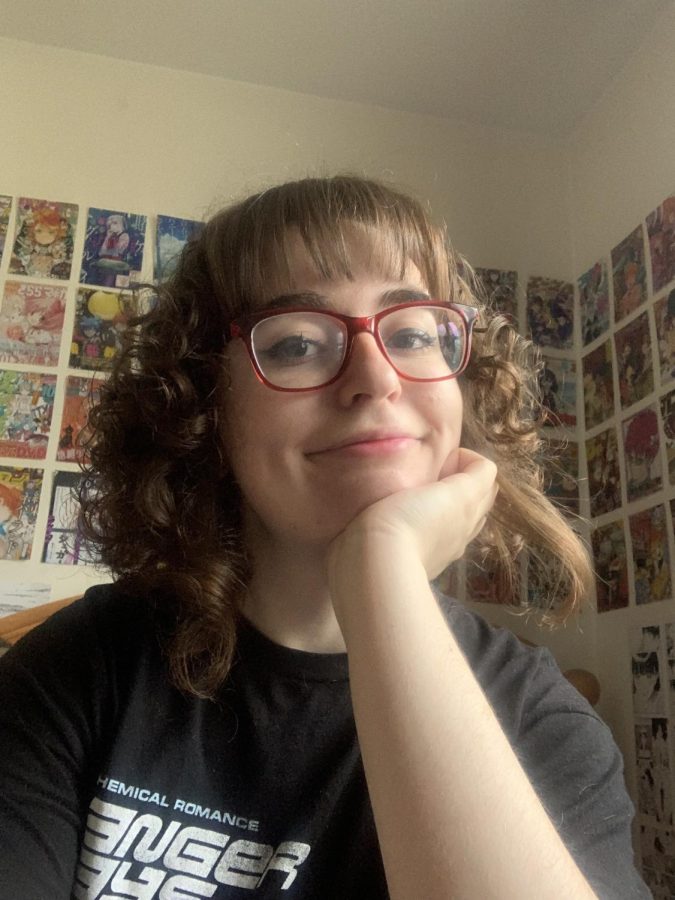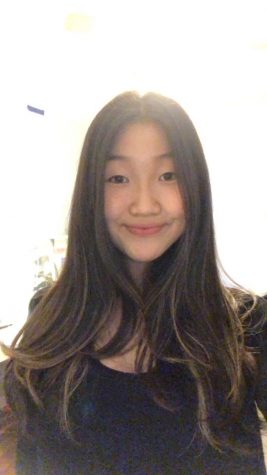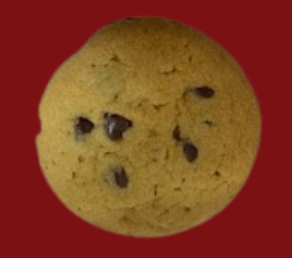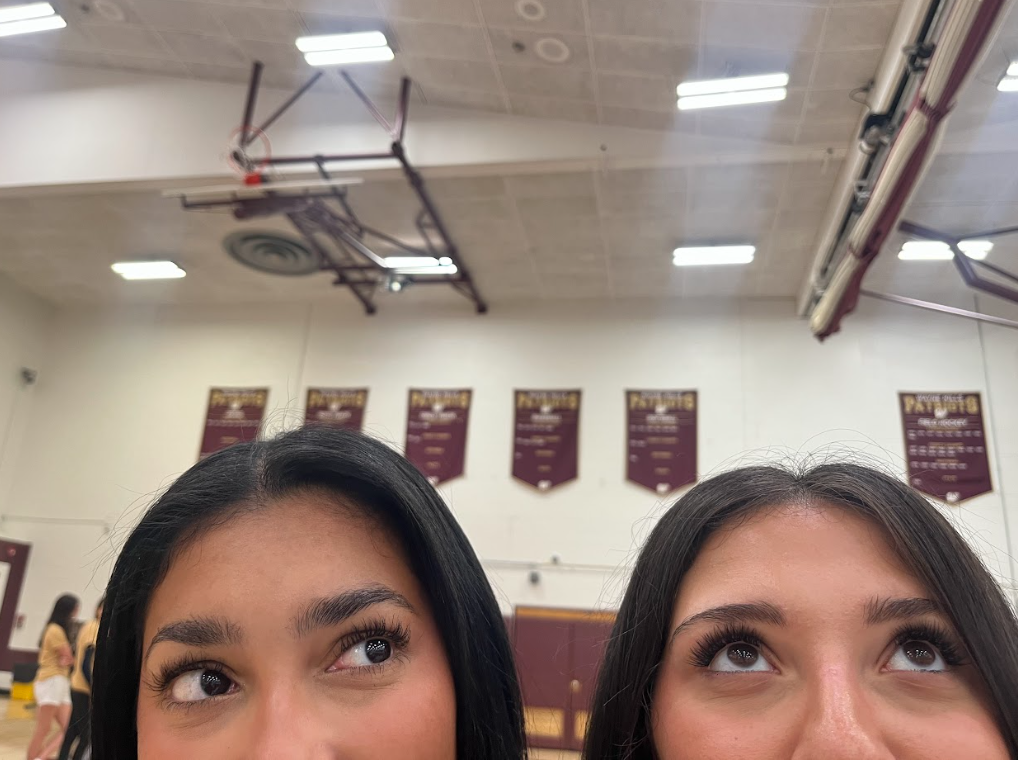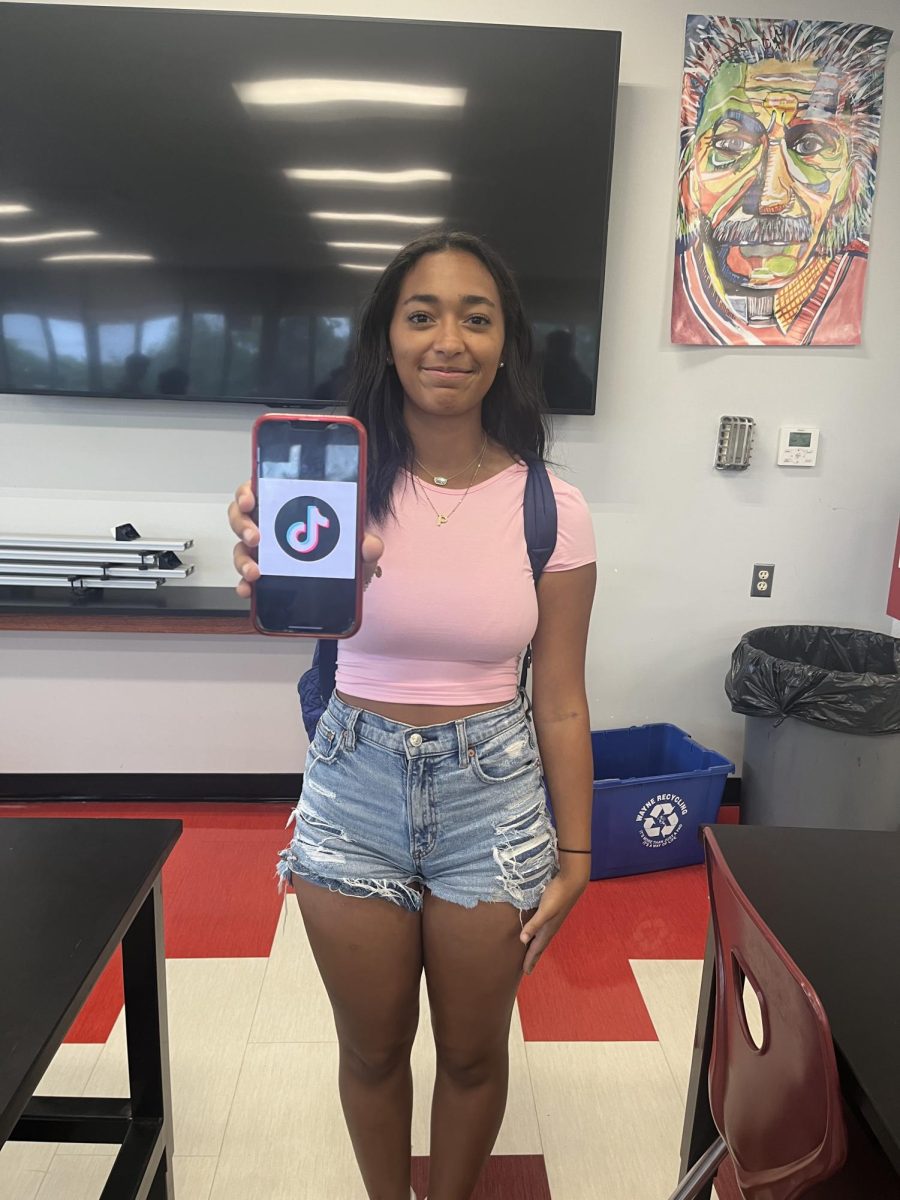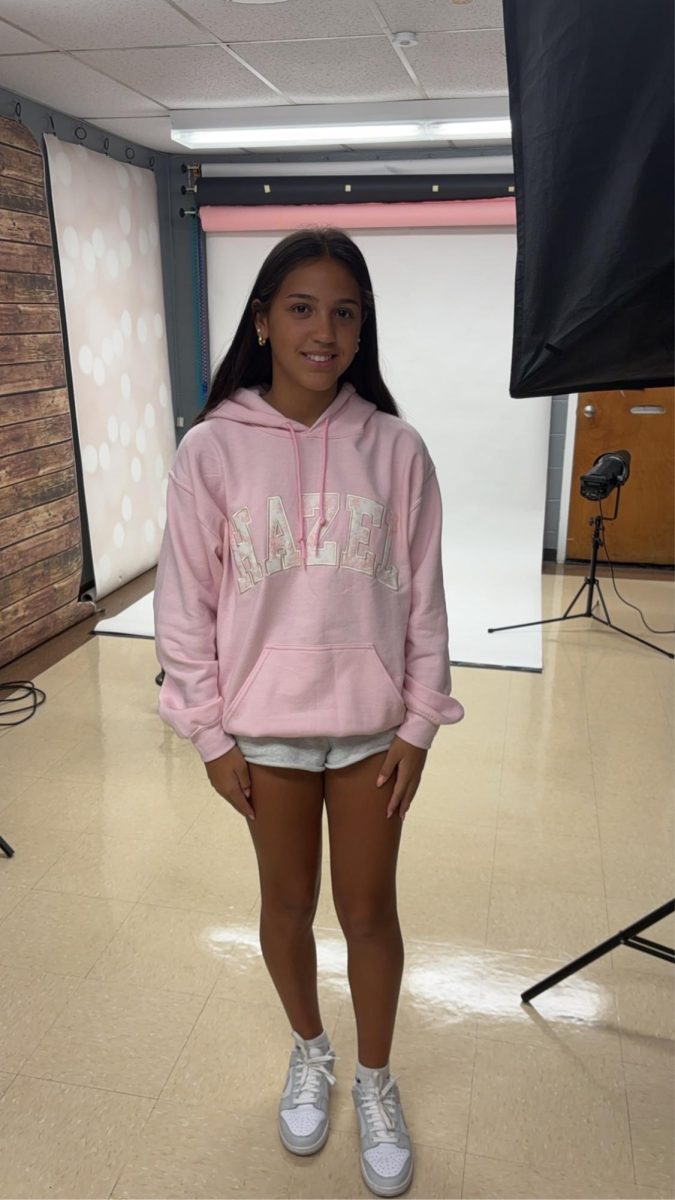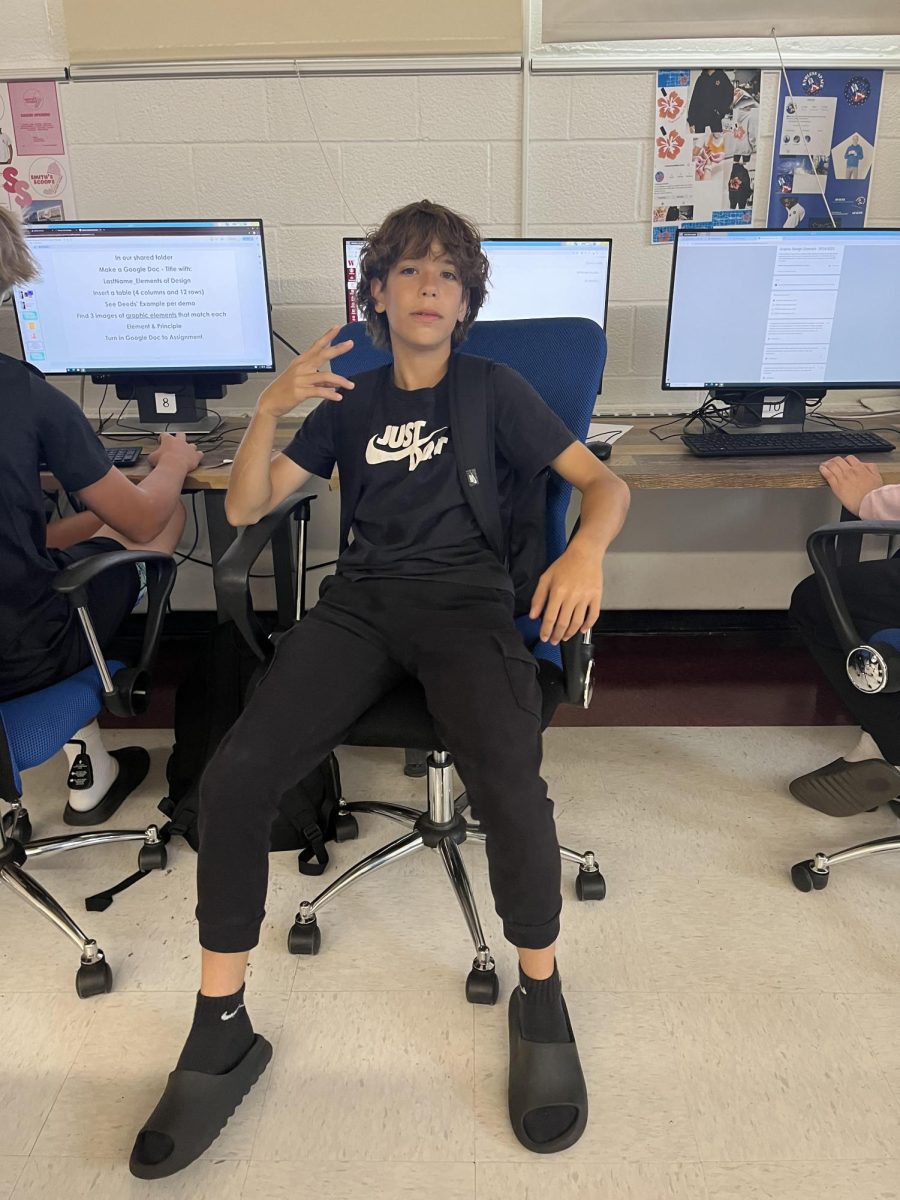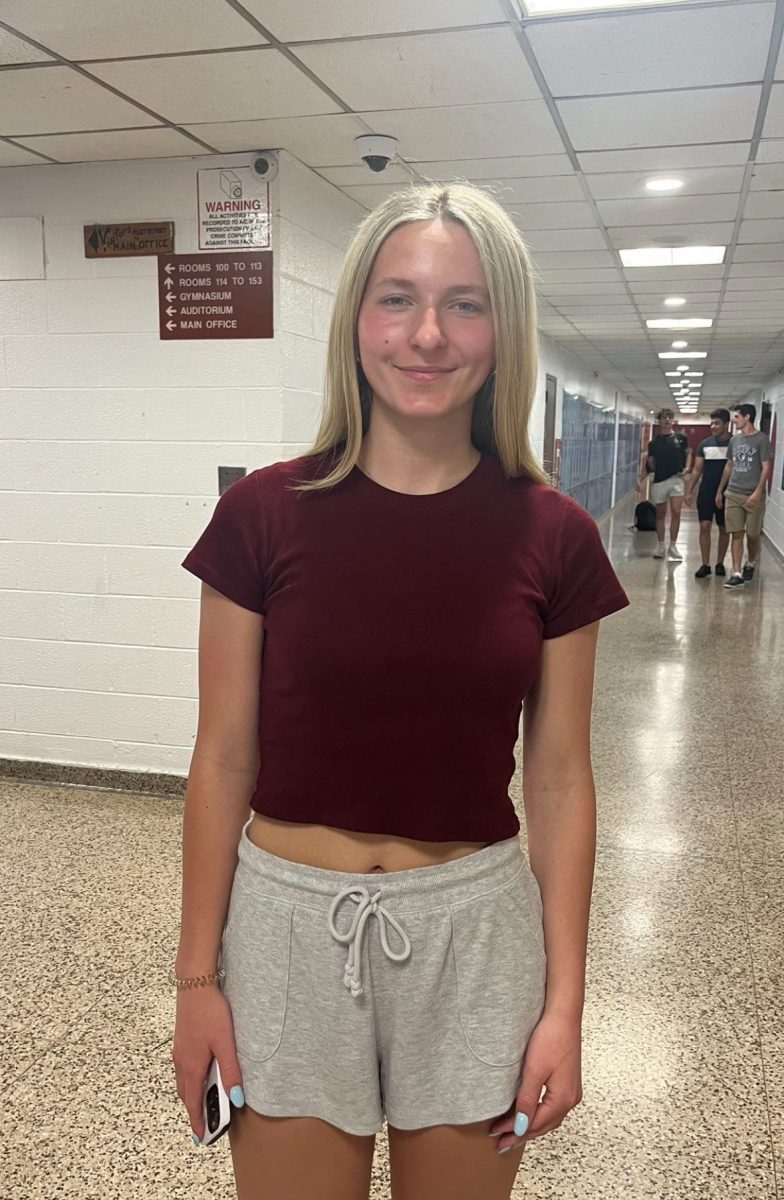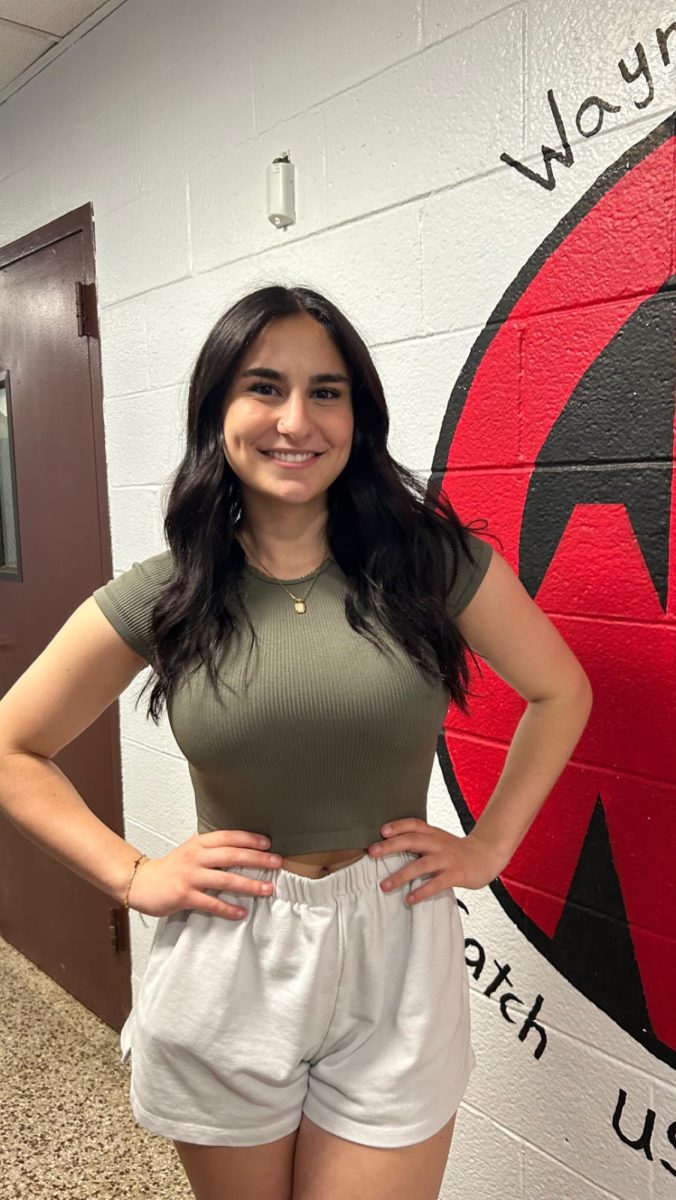Senior Spotlight: Kara Moran Turns Her Interest in Manga Art Into a Passion
April 2, 2022
Wayne Hills High School has some of the best and brightest students in many fields. Whether it be sports, academics, theater, or the arts, this high school is overfilling with talent and passion.
The Patriot Press would like to highlight a specific senior whose artwork has blown many away and highlights the student’s creativity and passion for the diverse world around her.
Kara Moran, a senior at Wayne Hills, has turned her newfound interest in manga into a passion and field of study. Manga refers to the style of Japanese comic books and graphic novels, typically aimed at adults as well as children.
In early 2020, Kara began studying Japanese art after being introduced to Japanese shows like Sailor Moon and Bleach by her father. Her love for the style of art was immediate and only grew from there.
She also began studying the Japanese language, which she found to be quite beautiful. As manga is created in the Japanese language, she wanted to be able to translate the art into English, broadening its audience. “Prior to that I knew I wanted to do art, but I was unsure where to take my career and I was leaning towards game design,” Kara said.
Kara was accepted into the Council on International Educational Exchange program to study in Japan during the summer of 2020. Unfortunately, the program was canceled due to COVID-19.
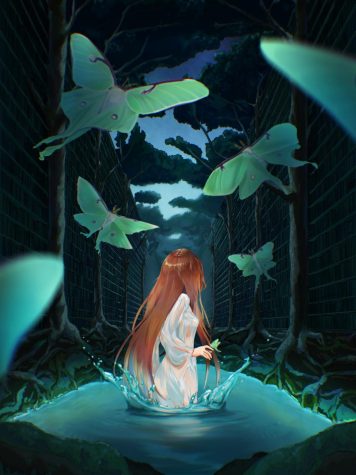
However, she wasted no time getting back to work and improving her content. Kara focused on entering competitions to showcase her work. She entered the International Comic/Manga School Contest in 2020. Although she did not win, Kara shared that she was thankful for the experience as it truly showed her that this is what she wanted to pursue further in college and career-wise.
As Kara continues to draw and create manga, the more she learns and the more she finds the interesting in the world of manga.
Out of all the various kinds of art forms and styles, manga really stuck out to Kara due to its diversity in genre, a facet lacking in American comic books. In the 1950s, during the height of McCarthyism, comic book publishers formed an organization called the Comics Code Authority to heavily censure the content of American comic books. Some examples of the guidelines formed included:
- A crackdown on “sexy” images; no nude images
- Criminals should always be bad and never triumph over good. Comics should make it clear that they should not be imitated.
- Authority figures (cops, government officials, organizations) should be respected.
- A ban on torture.
- Werewolves, zombies, vampires, and ghouls couldn’t be used.
- Entreaties against slang and “vulgar” language.
- An order to respect the sanctity of the family (i.e., no divorce or gay people).
- A ban on comics dealing in racial and religious prejudice.
These harsh and strict guidelines still leave their remnants today as the American comic book world still lacks diversity in many forms.
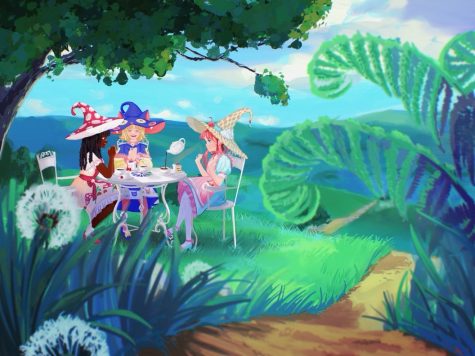
Out of the multitude of genres in the manga world, Kara shared that her favorite is psychological horror, something that many may not be able to stomach. “Most of the popular shows that get popular anime adaptations have a similar target audience of young/teen boys, but many smaller publications focus on all sorts of things— romance, drama, music, lgbt+, horror, and more,” she explained.
However, Kara notes the responsibility she has as a non-Japanese creator in the manga world. She pays close attention to Japanese social issues, specifically how to make content in the manga world without disrespecting anybody or the Japanese culture. “I try to be especially careful of things like cultural appropriation and fetishization because I’m a white person going into a traditional Japanese industry— I want to make it clear not only in my speech but in my work itself that I’m heavily against those things,” Kara explained. “There’s a personal responsibility that needs to be acknowledged when going into a field like this.”
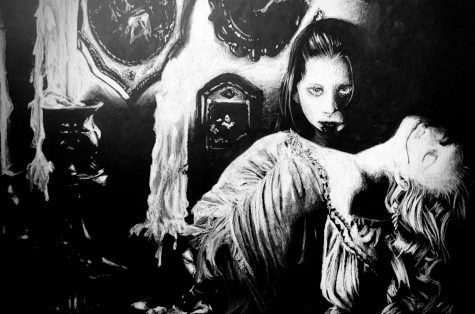
A big problem in the manga world like Kara mentioned is the infantilization and hyper-sexualization of Japanese, even all East Asian, women. Highlighted by the sharp increase in Asian-American hate crimes this past year, hyper-sexualizing Asian women has deadly consequences. “Art does affect life. Art is incredibly influential,” Kara emphasized.
Kara further explained the issues permeating the manga world. “In the manga industry, there are a few very noticeable things that I tend to take issue with, most notably the racism and treatment of women and girls in the content. Many popular series include racist caricatures and many white fans will brush it off as ignorance or innocence, but any artist will tell you that it takes time, and a lot of research, to draw, so it’s really not a valid excuse,” Kara said. “The poor treatment of women in manga is even more common— this is an issue that extends to the comic industry as a whole, but there is a specific problem within manga of sexualizing underage girls, as young as toddlers (for example, “Kobayashi’s Dragon Maid”, a popular rom-com). There are essentially no repercussions for drawing explicit media of children in manga, and the exploitation leaks into all sorts of genres— notably, psychological horror is one of the most explicit offenders in my opinion. It’s hard to find a story that doesn’t include the exploitation of female characters.”
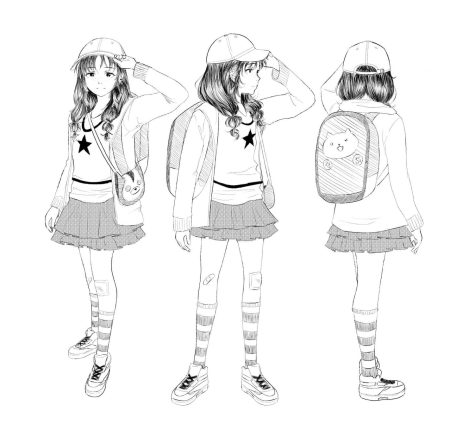
Keeping a sense of social awareness in the content she creates, she hopes to pursue her passion and talent further at the School of Visual Arts in New York City. Kara plans to major in BFA Cartooning. Her decision to attend was heavily influenced by the amazing professors and courses that focus on manga and East Asian art. Kara also looks forward to being a part of the socially conscious student body, an aspect of an educational institution she values.
At Wayne Hills, Kara has taken almost all of the art courses available, such as Drawing and Painting, Design and Composition, Drawing and Painting 2, and AP Art. Kara extends her gratitude to the teachers at Wayne Hills that have deeply impacted her as a student and artist.
“Mrs. Tripp has been in my corner since freshman year. I came in not really knowing what I wanted to do other than that I liked to draw, and Mrs. Tripp allowed me the freedom to experiment and try new styles, mediums, and all the etcetera. Digital art has recently had a massive surge, and I’m really grateful that she let me work in it, as it ultimately became my passion,” Kara said.
Taking Italian her freshmen and sophomore year with Ms. Pierri also influenced her passion for manga and Japanese culture. “[Ms. Pierri] made me realize my love for linguistics, which led to me actually studying Japanese. While I didn’t stick with the European language, she undoubtedly had a large impact on the trajectory of my life as well,” Kara shared.
Kara hopes to pursue this deep passion for manga further and hopefully make a positive impact in the world of manga. She will undoubtedly accomplish great things in the future. We wish you the best of luck in your artistic career, Kara!
